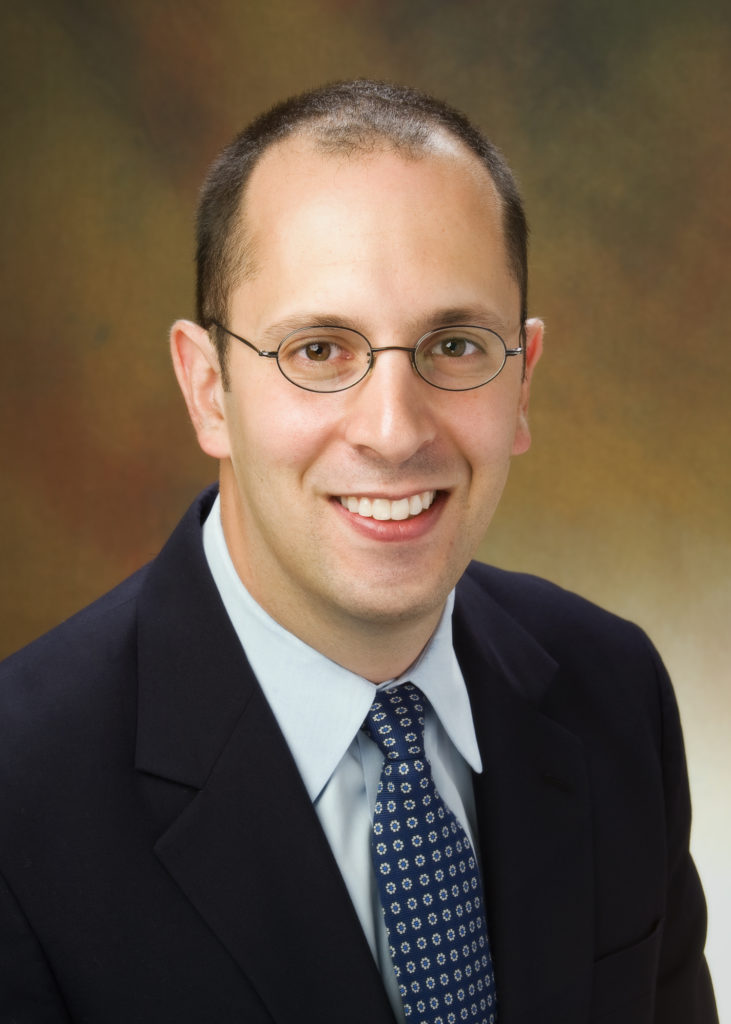FOR IMMEDIATE RELEASE
Sunday, Nov. 17, 2019, 10:45 a.m. ET
Contact: Natalie Solimeo
Children’s Hospital of Philadelphia
Cell: (856) 261-8090
Teens with Heart Disease Improve Exercise Capacity in Large Clinical Trial
—CHOP cardiologists report milestone results for Fontan survivors in multicenter, phase 3 FUEL Trial—
“Exercise capacity is a surrogate for morbidity and mortality outcomes in children with single-ventricle congenital heart disease. It is our hope that an improvement in exercise capacity will translate into better long-term outcomes,” said pediatric cardiologist David J. Goldberg, MD, of the Cardiac Center at Children’s Hospital of Philadelphia (CHOP) and co-principal investigator of the multicenter Fontan Udenafil Exercise Longitudinal Assessment Trial (FUEL). The principal investigator of the trial, also from CHOP’s Cardiac Center, was Stephen Paridon, MD.
Goldberg reported the FUEL Trial results today at the 2019 Scientific Sessions of the American Heart Association in Philadelphia and was the lead author of an article published concurrently in the journal Circulation.
The Phase 3 randomized, double-blind, placebo-controlled clinical trial, sponsored by Mezzion Pharma Co., Ltd., enrolled 400 male and female participants aged 12 to 18 years old from 30 centers in the United States, Canada and South Korea within the Pediatric Heart Network.
“This study of udenafil provides the first evidence of clinical benefit for a medication in this unique population of children with single-ventricle heart disease,” said Goldberg.
Patients born with single-ventricle heart defects have a severely underdeveloped pumping chamber in their hearts. A series of complex childhood surgeries culminating in the Fontan procedure has greatly improved survival of patients with single-ventricle disease. However, the surgical corrections do not provide normal blood circulation, and survivors have low cardiac output and long-term complications. Among those complications is exercise intolerance, associated with increased morbidity and mortality.
The researchers reported that participants in the FUEL trial had statistically significant improvements in oxygen consumption and other measures of exercise capacity during moderate levels of activity. There was also a numeric improvement in oxygen consumption at peak exercise, although this did not achieve statistical significance. “These benefits in exercise capacity reflect better circulatory function, and should correlate with better long-term circulatory health for patients who have undergone the Fontan procedure,” said Goldberg.
The patients who took udenafil tolerated the treatment well, with side effects limited to those previously known from phosphodiesterase type 5 inhibitors, more commonly including headache, facial flushing, abdominal pain, nosebleed and erection (among males).
A related trial, the FUEL Open-Label Extension (FUEL OLE) Trial is currently proceeding, with the goal of measuring treatment tolerability and safety over a longer period for this patient population. In the meantime, added Goldberg, “For the many patients with heart disease worldwide now living with Fontan physiology, these trial results represent a big step in the right direction.”
In addition to sponsorship by Mezzion, other support came from the National Heart, Lung and Blood Institute of the National Institutes of Health (grant HL068270).
In addition to their CHOP titles, Goldberg and Paridon are on the faculty of Perelman School of Medicine at the University of Pennsylvania.
Disclosure: Drs. Goldberg and Paridon both receive grant support from Mezzion and are co-inventors of patent US10137128B2 which is for the use of udenafil in Fontan physiology. CHOP holds these patent rights in conjunction with Mezzion.
David Goldberg et al, “Results of the Fontan Udenafil Exercise Longitudinal (FUEL) Trial,” Circulation, published Nov. 17, 2019. https://doi.org/10.1161/CIRCULATIONAHA.119.044352
About Children’s Hospital of Philadelphia: Children’s Hospital of Philadelphia was founded in 1855 as the nation’s first pediatric hospital. Through its long-standing commitment to providing exceptional patient care, training new generations of pediatric healthcare professionals, and pioneering major research initiatives, Children’s Hospital has fostered many discoveries that have benefited children worldwide. Its pediatric research program is among the largest in the country. In addition, its unique family-centered care and public service programs have brought the 564-bed hospital recognition as a leading advocate for children and adolescents. For more information, visit http://www.chop.edu
Original post https://alertarticles.info



